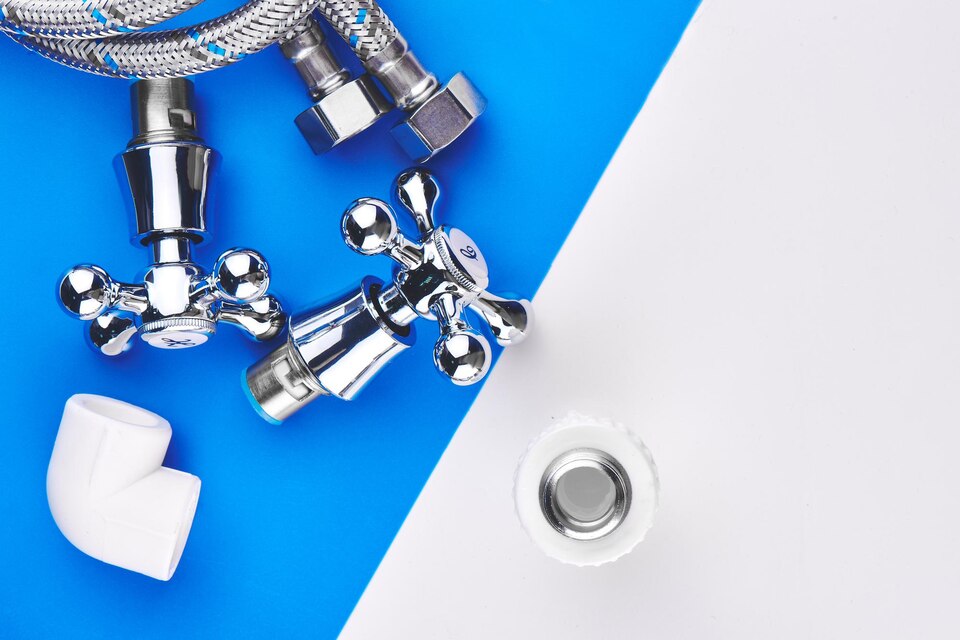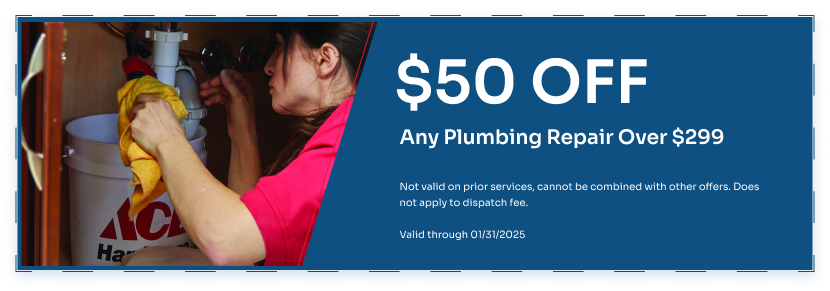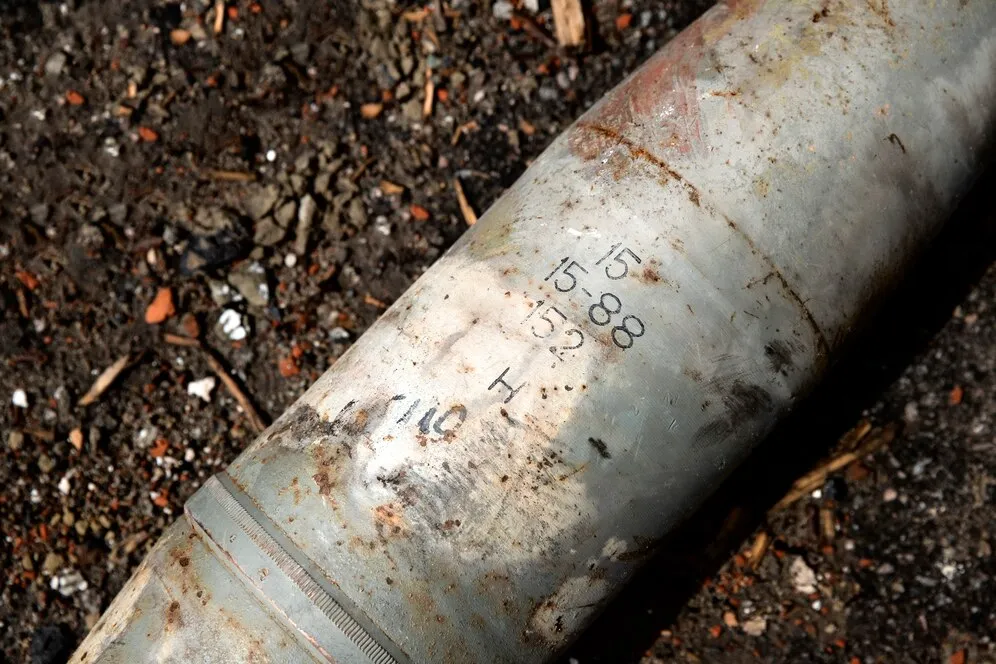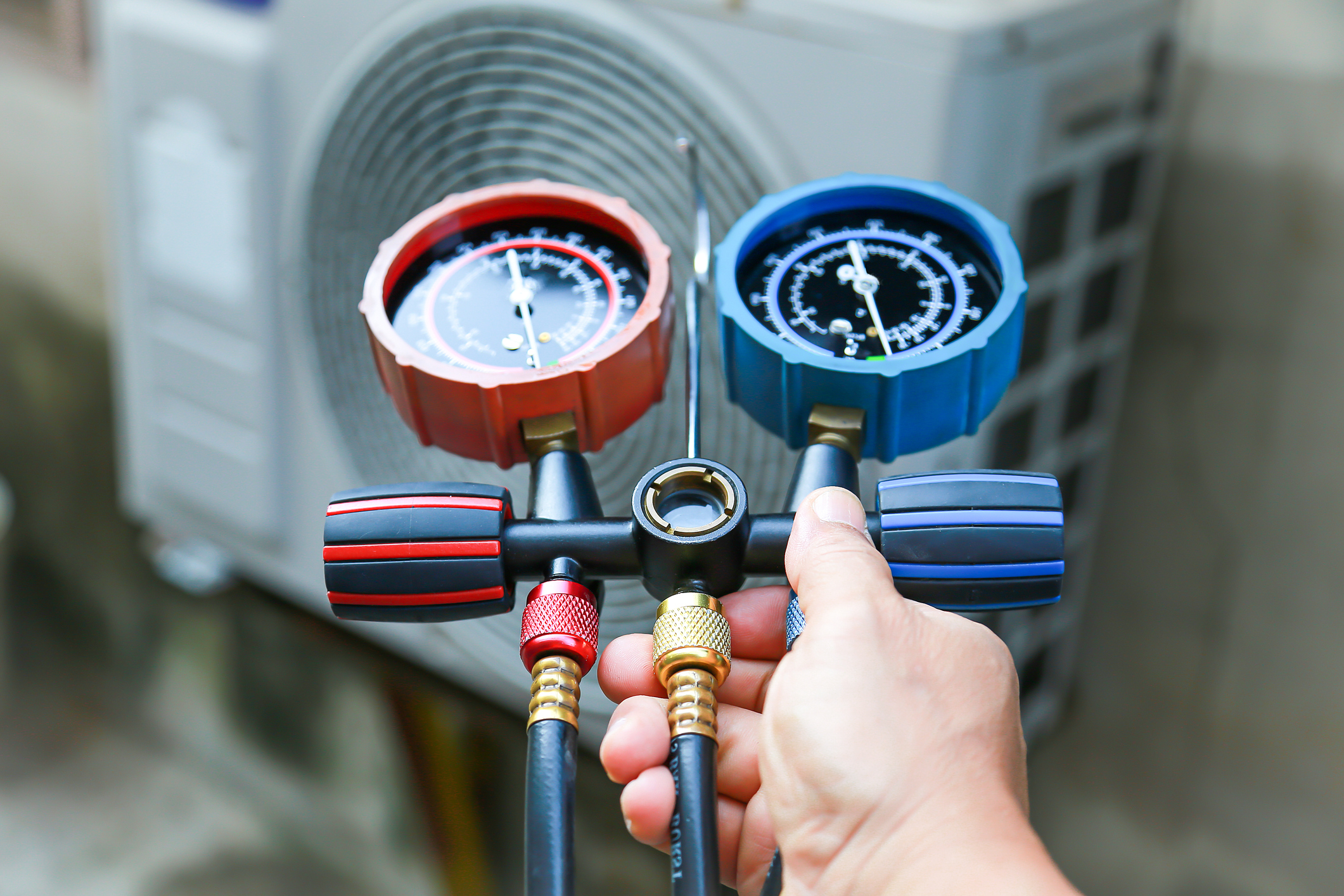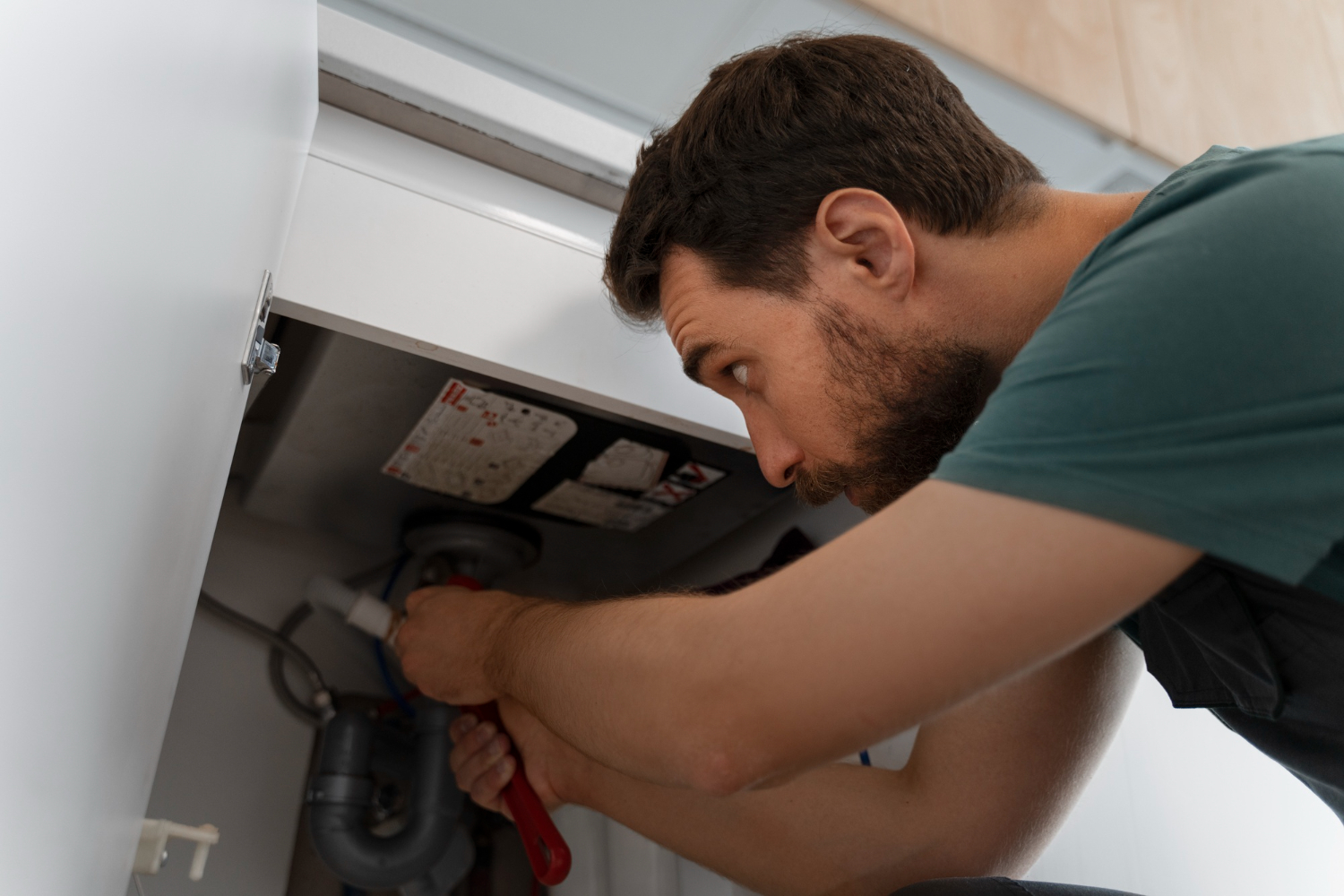Backflow prevention plays a crucial role in maintaining the integrity and safety of your residential plumbing system. By understanding how backflow prevention works, you can protect your home’s water supply from contamination risks.
Backflow occurs when water flows in the reverse direction due to changes in pressure, potentially bringing harmful substances back into the clean water supply. This can happen in both residential and commercial settings, posing a significant threat to water quality. Being aware of this risk and employing effective backflow prevention measures is essential for homeowners committed to maintaining a safe and healthy home environment.
Proper installation and maintenance of backflow prevention devices are necessary to ensure effectiveness and compliance with local regulations. By working with skilled professionals, you can select and install the right system tailored to your home’s specific requirements, offering peace of mind and safeguarding your water supply.
What is Backflow Prevention?
Backflow prevention is a critical component in safeguarding potable water from contamination caused by the reverse flow of non-potable water or other substances. Backflow can occur when there’s a loss of pressure in the water distribution system, potentially allowing contaminants from lawn irrigation systems, pools, and industrial equipment to enter your clean water supply. By employing devices and practices designed to prevent this reverse flow, backflow prevention maintains the safety and integrity of your water system.
This protection mechanism is typically implemented through mechanical devices installed in plumbing systems. These devices create physical barriers to stop the unintended reverse flow into the fresh water supply. Proper installation and maintenance by our professionals ensure these devices work efficiently to protect your household against potential water contaminants. Awareness of the importance of backflow prevention and implementing adequate measures helps secure clean water access in residential and commercial properties.
The Science Behind Backflow: Causes and Effects
Backflow happens when water pressure conditions cause an undesirable reversal of water flow. This can occur under two main circumstances: backpressure and back-siphonage. Understanding these mechanisms is essential for preventing contamination.
- Backpressure: It arises when the pressure in the downstream side of a water system exceeds the supply side, typically due to pumps or changes in elevation. This pressure differential forces potentially contaminated water back into the clean supply line.
- Back-siphonage: Occurs when a sudden drop in water pressure creates a vacuum that pulls non-potable water into the drinking water supply. Events like water main breaks or heavy water usage can result in these pressure changes.
The effects of backflow can range from minor issues to significant health risks. Contamination of potable water with chemicals, bacteria, or hazardous materials poses a threat to public health. Effective backflow prevention strategies must address these mechanisms to protect water quality and ensure safety for all users.
Types of Backflow Prevention Devices and Their Uses
Several types of backflow prevention devices are available, each designed for specific applications and degrees of protection. Understanding the options can help determine which device is most suitable for your needs:
1. Air Gap: A simple yet effective method, the air gap creates a physical separation between the water supply and potential contamination sources. Common in residential faucets and fixtures, it prevents backflow by utilizing gravity.
2. Reduced Pressure Zone (RPZ) Valve: This device is suitable for high-hazard applications. It uses two check valves and a pressure relief valve to protect against both backpressure and back-siphonage. Regular maintenance and testing by our technicians ensure optimal performance.
3. Double Check Valve Assembly (DCVA): Used for medium to low-hazard conditions, this device consists of two independent check valves. It provides effective protection against backpressure-induced backflow, commonly found in irrigation systems.
4. Pressure Vacuum Breaker (PVB): Ideal for irrigation systems, this valve prevents back-siphonage by ensuring air enters the system to break any vacuum formed. However, it must be installed at higher elevations due to the design.
Selecting the right device depends on the specific water system configuration and risk level. Consulting with our professionals can help identify the best device for your specific requirements.
How Backflow Prevention Protects Water Quality
Backflow prevention is essential for maintaining water purity and safeguarding public health. By implementing effective backflow strategies, you ensure clean drinking water for your household and community. Here’s how it works:
- Contaminant Barrier: Backflow prevention devices act as barriers against harmful contaminants such as chemicals, bacteria, and pollutants, preventing them from entering the potable water lines and ensuring the supply remains safe for consumption.
- Consistent Water Pressure: Properly installed and maintained systems help maintain positive water pressure, reducing the chances of pressure drops that may lead to back-siphonage. Consistency in pressure supports the device’s function and reliability.
- Regulatory Compliance: Many regions have regulations mandating backflow prevention in water systems. These devices ensure compliance with regulatory standards, reducing the risk of penalties and ensuring public safety.
- Health Protection: By eliminating potential contamination risks, effective backflow prevention safeguards the health of those using the water supply, promoting a safer and healthier environment.
Implementing and maintaining the right backflow prevention measures are crucial steps in protecting water quality for both residential and commercial properties.
Common Signs of Backflow Issues in Residential Plumbing
Identifying the signs of backflow in your plumbing system early can help prevent severe contamination and costly repairs. Here are some common indicators:
1. Discolored Water: One of the most noticeable signs of backflow is a change in water color. If your water appears brown, yellow, or cloudy, it might be contaminated due to backflow.
2. Unusual Taste or Odor: If the water has an unusual taste or smell, this could indicate the presence of chemicals or other contaminants from a backflow incident.
3. Water Pressure Fluctuations: Sudden drops in water pressure might signify that a backflow incident is occurring or likely, especially if accompanied by the other symptoms listed here.
4. Sputtering Faucets: Air trapped in the plumbing due to backflow can make faucets sputter when turned on. This is an indication that something is amiss within the pipe system.
5. Visible Leaks: Leaks that appear in conjunction with these other signs might reveal pressure issues in the system that are conducive to backflow.
Checking for these signs regularly and contacting our plumbers at the first indication of a problem can help mitigate backflow issues and maintain water quality.
Selecting the Right Backflow Prevention System for Your Home
Choosing the appropriate backflow prevention system is crucial for effective protection. Several factors should be considered when selecting the right system for your home:
- Assessment of Risk Level: Consider the types of contaminants your system might encounter. Homes near large agricultural areas or with irrigation systems might require more robust protection.
- Type of Plumbing System: The configuration and type of your plumbing system determine which prevention devices are most compatible and effective.
- Compliance Requirements: Ensure that the selected system adheres to local regulations and standards for backflow prevention.
- Device Location: Consider where the device will be installed. Above-ground systems may need protection against freezing, while in-ground setups might require moisture barriers.
- Expert Consultation: Consulting with our professionals can aid in determining the most suitable and effective backflow prevention system tailored to your home’s specific needs.
Having the right system in place ensures long-term effectiveness in preventing backflow and maintaining water quality in your home.
The Role of Professional Inspection in Backflow Prevention
Professional inspection is an integral part of maintaining a reliable backflow prevention system. Regular inspections by our technicians help ensure that the system functions correctly and adheres to safety standards.
- Routine Checks: Scheduled inspections can detect issues early, including wear and tear on devices or breaches in the system. Early detection helps avoid severe contamination issues.
- Device Testing: Involves testing the functionality and efficiency of backflow prevention devices. Regular testing is essential for confirming that the mechanisms are operating as intended.
- Regulatory Compliance: Professional inspections ensure that your system complies with any legal requirements and safety regulations, protecting you from potential fines and liabilities.
- System Maintenance: If any component of the system is faulty or underperforming, our professionals can carry out repairs promptly, minimizing risks and maintaining system integrity.
Employing professional services for backflow prevention inspections fortifies your plumbing infrastructure against contamination and prolongs the life of your system.
Seasonal Considerations for Backflow Prevention
Seasonal changes can impact backflow prevention systems, and understanding these dynamics can help maintain system integrity throughout the year.
- Winter Preparations: Freezing temperatures can damage exposed components of backflow prevention devices. Insulating these parts or relocating them to less exposed areas can prevent such damage.
- Spring Checks: Spring often increases water usage for outdoor activities. It’s essential to ensure that the backflow prevention devices are functioning well to handle increased flow and pressure changes.
- Summer Maintenance: With higher temperatures and water demand, testing the systems to verify their efficiency in high-demand periods is advisable to avoid any risk of backflow.
- Autumn Inspections: Make necessary adjustments or repairs before winter sets in to ensure that the system is prepared for colder temperatures.
Adjusting maintenance routines to account for seasonal variations ensures that backflow prevention systems continue to operate reliably, providing year-round protection.
Integrating Backflow Prevention with Other Plumbing Services
Effectively integrating backflow prevention into broader plumbing services enhances overall system functionality and safety. By aligning maintenance tasks and installations, homeowners can ensure their plumbing systems remain robust and reliable.
- Routine Inspections: Incorporating backflow prevention checks during regular plumbing inspections can identify potential issues early. Our professionals can evaluate your system’s needs and make necessary adjustments or repairs.
- Comprehensive Maintenance Plans: Develop a comprehensive maintenance plan that includes drain cleaning, leak repair, and backflow device testing. Keeping these services unified under one plan allows for streamlined operations and minimizes downtime.
- Upgrades and Replacements: Integration offers the perfect opportunity to upgrade aging plumbing components along with backflow devices. This ensures that every aspect of the plumbing system is up to date and meets current safety standards.
- Coordinated Installations: When installing new plumbing systems or components like sump pumps or tankless water heaters, consider incorporating backflow prevention devices to ensure protection from the start.
By combining backflow prevention with other plumbing services, you create a holistic approach that supports clean water supply and system efficiency.
Legal and Safety Regulations Surrounding Backflow Prevention
Adhering to legal and safety regulations in backflow prevention is crucial for protecting public health and avoiding legal repercussions. Various codes and standards govern the installation and maintenance of backflow prevention systems.
- Local and State Regulations: Different regions may have specific requirements regarding the types and standards of backflow prevention systems. Staying informed about these regulations ensures compliance and helps avoid potential fines.
- Certification Requirements: Some jurisdictions require certifications for the installation and maintenance of backflow devices. Working with certified professionals guarantees that installations meet all mandated specifications.
- Regular Testing: Many areas mandate regular testing of backflow prevention devices to ensure they function properly. Routine inspections and tests help maintain compliance and ensure safety.
- Public Health Standards: Adhering to regulations not only protects individual properties but also supports overall public health by preventing contaminants from entering the potable water supply.
Understanding and following all relevant legal and safety guidelines provides peace of mind and protects both individual households and the broader community.
Conclusion
Backflow prevention is an integral component of maintaining a safe and efficient plumbing system. By incorporating comprehensive measures and staying informed about the latest technologies and regulations, homeowners can protect their water supply and ensure a seamless operation of their home’s plumbing. A holistic approach involving regular inspections, timely maintenance, and alignment with regional standards ensures the long-term effectiveness and reliability of backflow prevention systems.
Recognizing the signs of potential backflow issues and selecting appropriate prevention devices tailored to your home’s needs further enhance your system’s security. Additionally, integrating backflow prevention with other plumbing services optimizes the entire plumbing setup, ensuring you have a dependable solution for water safety and quality.
For trusted expertise in maintaining the integrity of your water system, EnviroSafe Plumbing, Heating, Air Conditioning, Water Treatment is here to assist. If you’re ready to safeguard your home and ensure top-notch water quality, contact us today. Our highly skilled professionals are ready to provide expert backflow prevention in Pittsgrove tailored to your needs, ensuring a safe and healthy water supply for your home.

